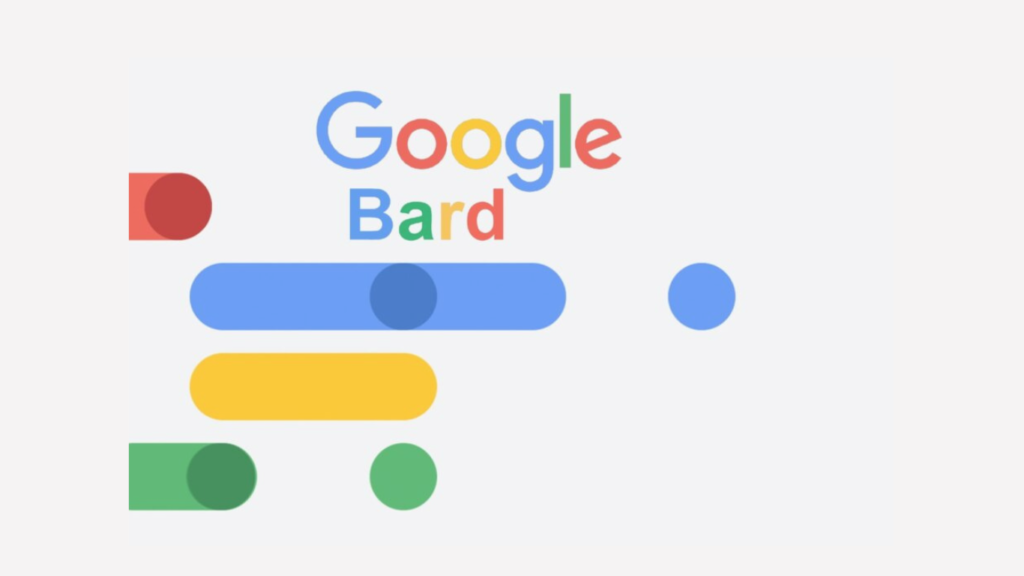As artificial intelligence continues to evolve, tools like Google Bard AI have emerged to simplify and enhance our digital experiences. Whether you are looking to generate creative content, automate tasks, or explore AI’s potential, Bard offers powerful capabilities. But, how to use Google Bard AI effectively? In this guide, we will walk you through its features, setup, and some practical use cases.

What is Google Bard AI?
Before we get into how to use the Google Bard AI, let’s understand what it is.
Google Bard AI is a generative language model developed by Google, designed to assist with various tasks. It’s built using natural language processing (NLP) and machine learning (ML), allowing users to interact with it conversationally. Whether you are drafting emails, writing articles, or seeking information, Bard makes it easier to automate these tasks with precision.
Setting Up Google Bard AI
To start using Google Bard AI, follow these steps:
1. Access Google Bard: Head to Google’s official AI platform. Make sure you are signed into your Google account for seamless integration with other Google services.
2. Choose a Task: Google Bard is versatile and can handle many tasks. Select the task you want to work on whether it’s writing, summarizing, or researching information.
3. Input Your Query: Type or speak your command. Google Bard will process it and generate a response in seconds. For example, if you ask Bard to “write a blog post about climate change,” it will generate a draft that you can refine further.
4. Refine Output: Bard’s AI-generated text is often high-quality, but you may want to tweak the output for tone or style. You can ask Bard to regenerate the text or edit it manually to match your specific needs.
5. Integrate with Other Google Tools: Bard works seamlessly with other Google tools like Google Docs, Google Sheets, and Google Drive. You can directly export or use Bard’s content within these platforms to streamline your workflow.
How to Use Google Bard AI for Writing?
Google Bard AI is especially popular among writers, marketers, and content creators. Here’s how to use it effectively for various writing tasks:
1. Blog Writing: If you are looking to speed up content creation, Google Bard can help you generate blog posts on almost any topic. Simply input your topic and any relevant details, and Bard will provide a structured article or outline.
2. Email Drafting: Google Bard is perfect for drafting professional emails. If you’re not sure how to phrase a formal request or response, just ask Bard, and it will generate a polished email for you.
3. Summarizing Content: Need to summarize a lengthy article or report? Bard’s summarization capabilities allow you to condense large pieces of text into key points, saving you time.
4. Creative Writing: Bard also excels at creative writing. From poems to short stories, it can help spark ideas and assist with the writing process, making it a useful tool for authors and creatives.
Google Bard AI vs. ChatGPT: Which One Should You Use?
As you learn how to use Google Bard AI, you may wonder how it compares to other AI tools like ChatGPT. Both are powerful, but they have different strengths:
Google Bard integrates more seamlessly with Google’s ecosystem, making it easier to use across platforms like Gmail and Google Docs.
ChatGPT, on the other hand, is known for its flexibility and adaptability, excelling in more conversational tasks and creative prompts.
If you are heavily invested in Google’s ecosystem, Bard might be the better option for you. However, for broader applications, ChatGPT could still be a strong competitor.
Benefits of Using Bard AI
Now that you understand how to use Google Bard AI, let’s explore the benefits:
1. Efficiency: Bard helps save time by automating tedious tasks such as drafting, summarizing, and generating content.
2. Versatility: From content creation to data processing, Bard’s wide range of applications makes it a must-have tool for businesses, educators, and creatives alike.
3. Seamless Integration: With its ability to work alongside other Google services, Bard helps users manage workflows more efficiently by automating tasks within familiar platforms.
4. Natural Conversations: Bard’s natural language processing allows for more intuitive interactions, making it easy for users of all technical skill levels to take advantage of its capabilities.
Practical Use Cases for Bard AI
If you are still wondering how to use Google Bard AI in your daily life or business, here are a few practical use cases:
Customer Service: Automate responses for common queries, improving response time and customer satisfaction.
Social Media Management: Generate captions, posts, and hashtags for social media platforms to maintain a consistent and engaging presence.
Education: Assist students with research, generate study guides, or even draft essays.
Personal Productivity: Use Bard to create to-do lists, manage schedules, or draft quick notes.
Understanding how to use the Google Bard AI unlocks a world of possibilities for streamlining tasks, improving productivity, and enhancing creativity. Whether you’re using it for writing, research, or automating repetitive tasks, Bard offers a powerful tool for the modern user. As AI continues to evolve, staying ahead with tools like Bard will ensure you are equipped to handle the future of work and creativity.
Tech enthusiast and writer, delivering in-depth articles on the latest gadgets, software, and innovations. Stay informed with expert insights and detailed reviews on cutting-edge technology.
Discover more from Trendy News
Subscribe to get the latest posts sent to your email.
